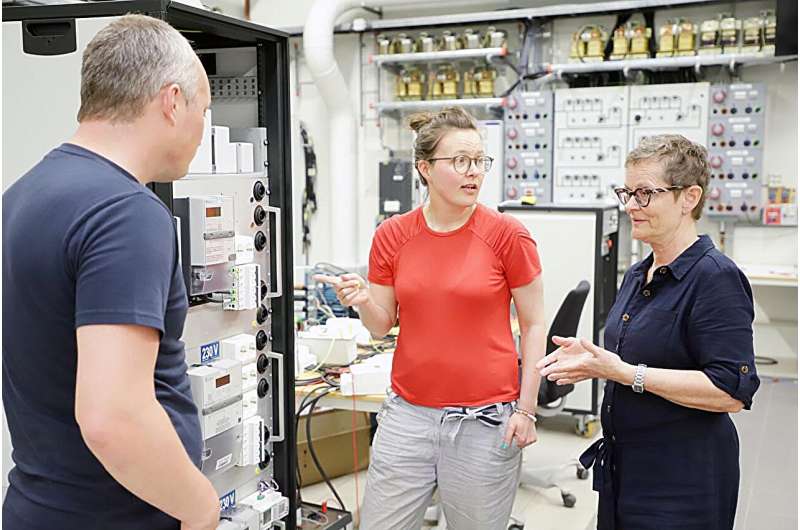
Power cuts can be caused by heavy snow and icing, as well as lightning strikes and strong winds bringing down power lines. Together with more extreme weather events, Norway is also facing a major power supply deficit. So what can we do to avoid a total electricity crisis?
"Luckily, we don't experience power cuts very often," says Gerd Kjølle, who is a Chief Research Scientist at SINTEF Energy Research. "But our supply security is facing major challenges," she says.
In Norway, we have electricity on tap for 99.98% of the time, experiencing blackouts for only two to three hours a year on average.
"There are some big regional differences," says Kjølle. "Many people never experience a power cut. The majority occur in northern Norway, along the coast, and in the south when major snowstorms are accompanied by high winds, such as we've seen this winter. The majority of outages are caused by the weather," she says.
The most common causes of power cuts are heavy snow and icing, as well as lightning strikes and strong winds bringing down power lines.
"There's nothing we can do about the weather," says Kjølle. "We know that climate change and more extreme weather events can lead to freak accidents and an increased risk of power cuts. The challenge is to make sure that our electricity supply system is as resilient as possible in the face of harsh weather conditions and all other threats," she says.
Supply security under pressure
The current national target to reduce CO2 emissions by 55% by the year 2030, combined with achieving a zero-emission society by 2050, means that Norway has to implement a major electrification of its societal infrastructure. The country now has a great need to expand both its electricity generating capacity and its distribution grid.
"More and more of our infrastructure is being connected to the grid," says Kjølle. "The transport and oil and gas sectors are in the process of being electrified, and the business community is demanding that a lot more power be made available. Existing industries are also aiming to achieve electrification, and there are big plans to build power-hungry facilities such as data centers and battery factories" she says.
"In many areas, we're talking about multifold increases in supply needs," she adds. "The Norwegian Water Resources and Energy Directorate (NVE) reckons that Norway will be facing a power supply deficit in the years 2027 to 2030. Capacity in the grid and supply needs vary from region to region, but overall, we're in dire need of a massive expansion of the grid," says Kjølle.
It seems that some of the plans for these gigantic battery factories are in fact a little fanciful?
"I can agree with you there," says Kjølle. "But we must also remember that not all of these projects have been fully matured. Everything indicates that there will be significant growth in these new, power-demanding industries," she says.
Will we be able to meet the demand for electrification fast enough?
"Well, not if we have to rely on major new hydropower plants and wind farms," says Kjølle. "The licensing bureaucracies can take years to approve such projects. Some may take anything from seven to 10 years before they get built. There are some projects in the pipeline, but these are far too few to meet the need that we see coming. A centralized electricity grid can't be built in a day. It may take as many as 10 to 15 years to install a new power line," she says.
"If processes are speeded up a bit we can achieve upgrades and the expansion of existing hydropower plants that will offer additional electricity generation. There is also a major potential to increase output from existing plants," she adds. "If electrification is to take place at the rate needed for Norway to meet its climate change mitigation targets, we have to be looking at alternative energy sources and systems," says Kjølle.
Citation: Electrification of society is putting major demands on supply security, say researchers (2024, February 26) retrieved 26 February 2024 from https://techxplore.com/news/2024-02-electrification-society-major-demands.html
This document is subject to copyright. Apart from any fair dealing for the purpose of private study or research, no part may be reproduced without the written permission. The content is provided for information purposes only.
